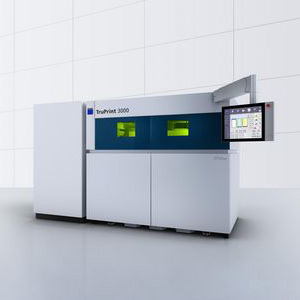what is the difference between hfc 134a and r134a
Understanding the Differences Between HFC-134a and R-134a
In the world of refrigerants, HFC-134a and R-134a are terms that often pop up, especially in discussions surrounding automotive air conditioning, refrigeration, and other cooling systems. Although these two names may seem similar and are often used interchangeably, there are some important distinctions worth exploring.
What is R-134a?
R-134a, also known as tetrafluoroethane, is a refrigerant that has been widely used in the automotive and refrigeration industries since the 1990s. It was developed as a more environmentally friendly alternative to the ozone-depleting refrigerants such as R-12, which is a chlorofluorocarbon (CFC). R-134a is known for its effective refrigeration capabilities, favorable thermodynamic properties, and low toxicity. Its chemical formula is C2H2F4, and it has a low global warming potential (GWP) compared to its predecessors, making it a popular choice for various applications.
Understanding HFC-134a
HFC-134a is essentially another name for R-134a. The term HFC stands for Hydrofluorocarbon, a class of compounds that includes R-134a. By classification, HFC-134a implies that it belongs to the family of HFCs, which are synthetic compounds containing hydrogen, fluorine, and carbon. While the R in R-134a represents the refrigerant designation used in industry, many refer to it as HFC-134a in technical and regulatory contexts.
Environmental Impact and Regulations
what is the difference between hfc 134a and r134a

Both R-134a and HFC-134a share similar environmental characteristics – they have zero ozone depletion potential (ODP) but a moderate global warming potential. However, recent regulations and movements towards stricter environmental standards have led to the reevaluation of HFCs as a group. The European Union has implemented regulations under the F-Gas Regulation to phase down high-GWP refrigerants, including HFC-134a. As a result, there is a call within the industry to transition to more sustainable refrigerants with lower GWP, such as R-1234yf or natural refrigerants.
Performance Characteristics
R-134a is celebrated for its efficient thermal performance, making it suitable for a wide variety of cooling applications. Its boiling point is around -26.3 degrees Celsius, and it has a good latent heat of vaporization, which is critical for effective refrigeration cycles. While both terms refer to the same substance, discussions often differentiate based on the specific applications and performance characteristics involved in their usage.
In practice, the refrigerant's performance in a specific system can be affected by factors such as system design, operating conditions, and the presence of additives or contaminants. Therefore, understanding the context of R-134a or HFC-134a usage is key to optimizing its capabilities in any given application.
Conclusion
In summary, the terms HFC-134a and R-134a refer to the same refrigerant, tetrafluoroethane, but highlight different aspects of its classification and environmental impact. R-134a has been a staple in refrigeration and automotive systems for decades due to its efficiency and lower environmental risk compared to older refrigerants. However, as the industry moves towards greener alternatives, the relevance of both terms may continually evolve.
Understanding the nuances between HFC-134a and R-134a is important for professionals working in fields related to HVAC, refrigeration, and automotive engineering. With ongoing changes in regulations and an increased focus on sustainability, being knowledgeable about the differences within the broader category of refrigerants, including those that might replace R-134a, is essential for both compliance and the continued effectiveness of cooling technologies.
-
Ultimate Spiral Protection for Hoses & CablesNewsJun.26,2025
-
The Ultimate Quick-Connect Solutions for Every NeedNewsJun.26,2025
-
SAE J1401 Brake Hose: Reliable Choice for Safe BrakingNewsJun.26,2025
-
Reliable J2064 A/C Hoses for Real-World Cooling NeedsNewsJun.26,2025
-
Heavy-Duty Sewer Jetting Hoses Built to LastNewsJun.26,2025
-
Fix Power Steering Tube Leaks Fast – Durable & Affordable SolutionNewsJun.26,2025

